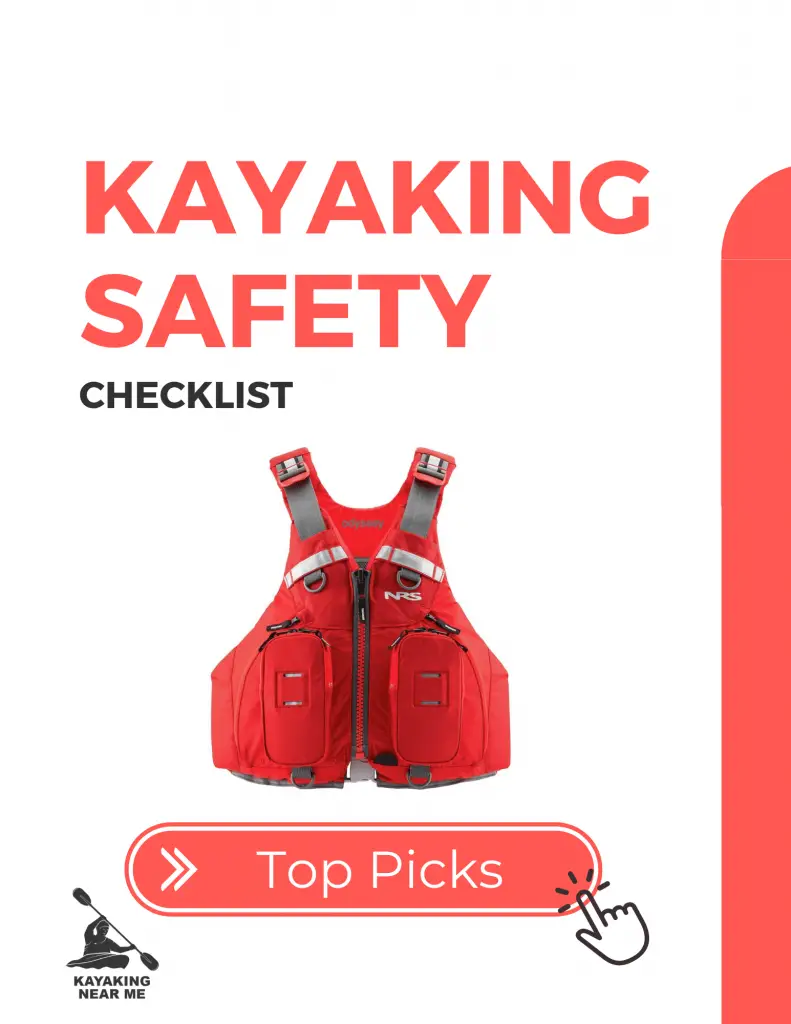Find A Local Paddle Spot
Kayaking Near Me
Search The Most Popular Kayaking Spots
Find Kayaking Near Me Spots
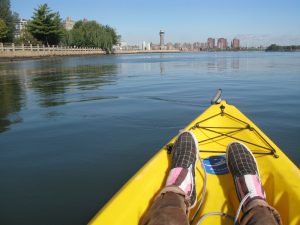
Kayaking in New York
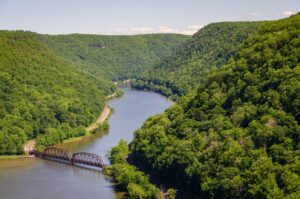
Kayaking in West Virginia
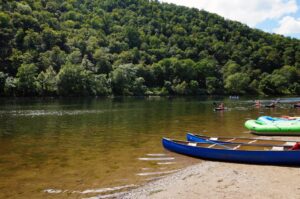
12 Best Places to Go Kayaking in Delaware
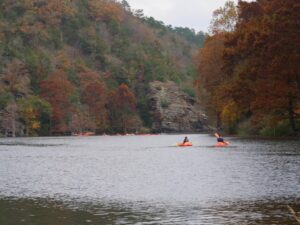
8 Best Places to Go Kayaking in Oklahoma
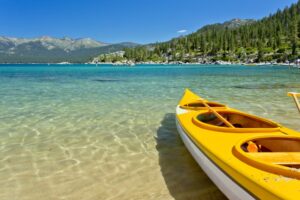
6 Best Kayaking Spots in Nevada

12 Best Kayaking Spots in Oregon
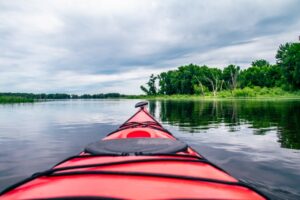
10 Best Kayaking Spots in Mississippi

10 Best Places to Go Kayaking in Iowa
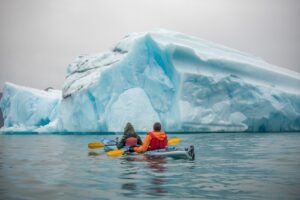
13 Best Kayaking Spots in Alaska
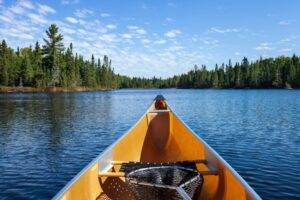
10 Best Kayaking Spots in Minnesota
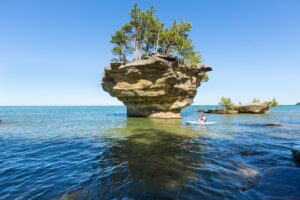
18 Best Kayaking Spots in Michigan
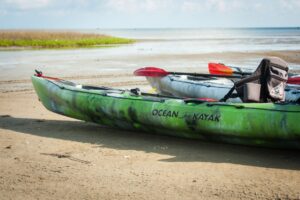
13 Best Kayaking Spots in Texas

The Best Places to Go Kayaking in California
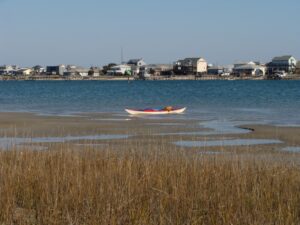
14 Best Places To Go Kayaking South Carolina
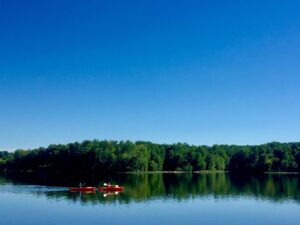
9 Best Spots for Kayaking in Virginia
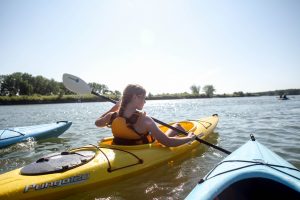
Best Kayaking in Missouri
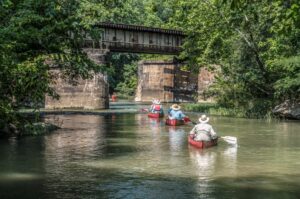
14 Best Places to Go Kayaking in Alabama
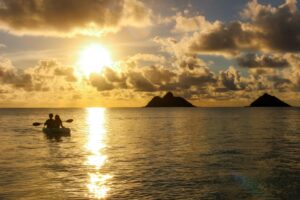
Best Kayaking in Hawaii
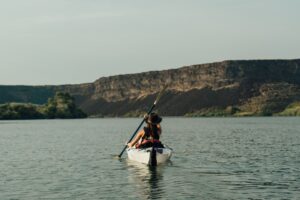
Best Kayaking in Idaho
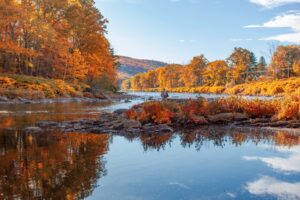
11 Best Kayaking Spots in Massachusetts
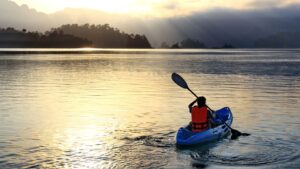
10 Best Kayaking Spots in Vermont
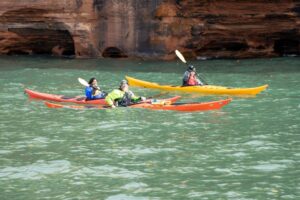
14 Best Kayaking Spots in Wisconsin
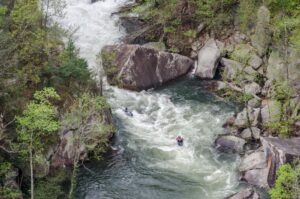
11 Best Kayaking Spots in Georgia
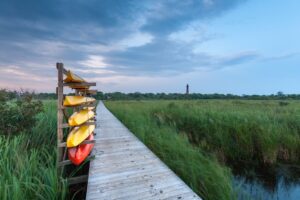
13 Best Kayaking Spots in North Carolina
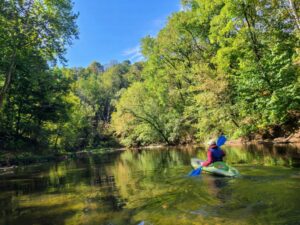
8 Best Kayaking Spots in Ohio
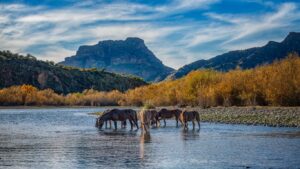
13 Best Kayaking Spots in Arizona
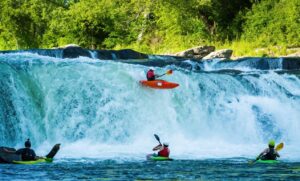
14 Best Kayaking Spots in Pennsylvania
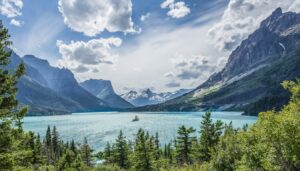
Explore Kayaking In Montana
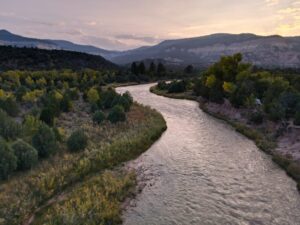
Best Kayaking In New Mexico
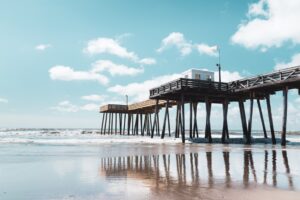
Kayaking in New Jersey
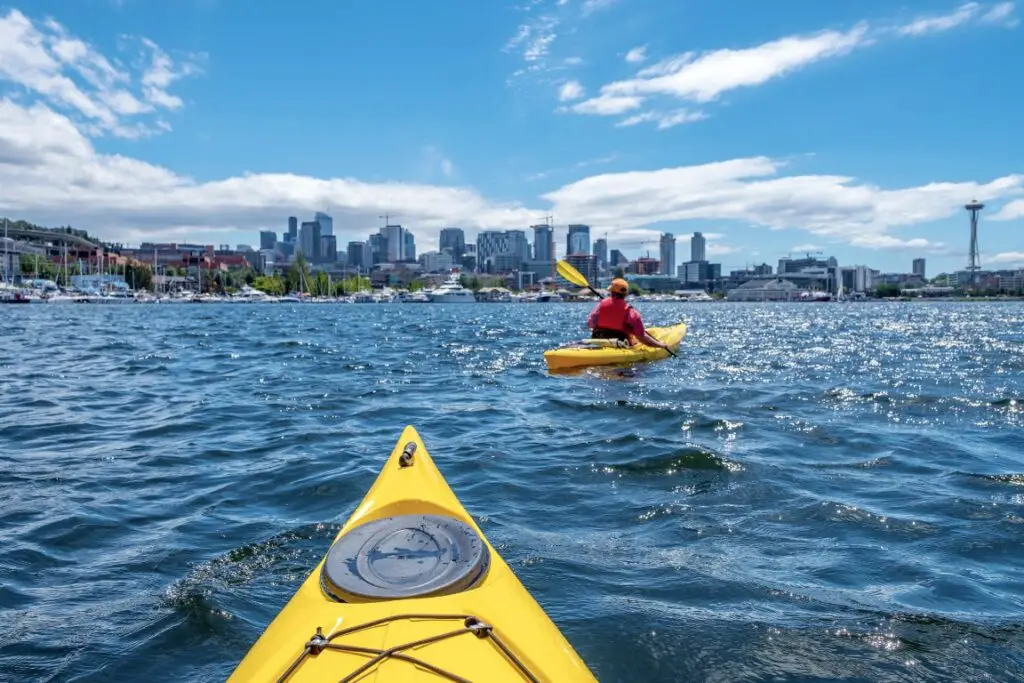
Best Kayaking Places To Explore Washington State
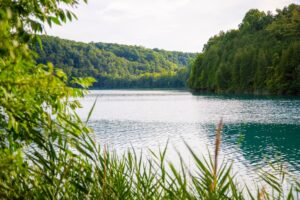
Best Places To Go Kayaking In New York State
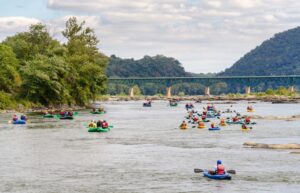
Kayaking in Maryland
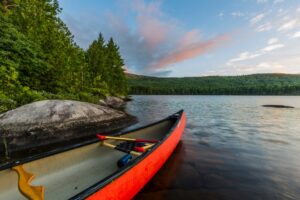
Kayaking in Maine
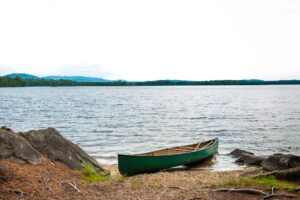
Kayaking in New Hampshire
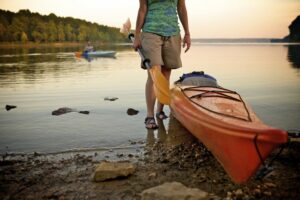
Kayaking in Indiana
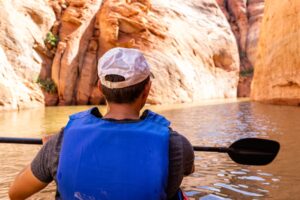
Kayaking in Utah
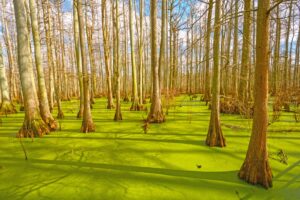
The Best Places To Go Kayaking in Illinois
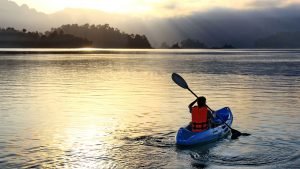
Kayaking in Connecticut

15 Best Kayaking Spots in Arkansas
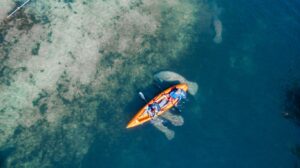
15 Best Kayaking Spots in Florida
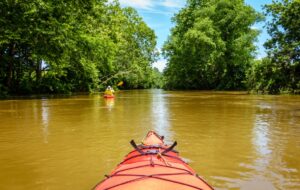
11 Best Kayaking Spots in Kentucky
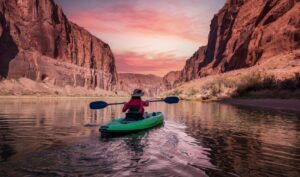
34 Best Kayaking Spots in Colorado
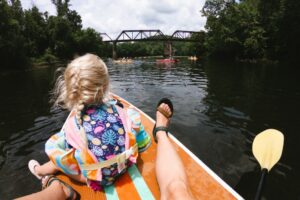
14 Best Kayaking Spots in Tennessee
Are You Ready For A Fun And Wild Encounter?
Kayaking is a fun way to discover and explore your area. While paddling local waterways small and large, you will encounter nature and see your community from a whole new perspective.
Gliding along the shoreline of a local lake in your kayak, silently at dawn, you will hear nature come alive to greet the new day and see the morning light turn the tree tops golden.
You become one with nature as you listen to the birds compete to be heard, and watch as they silently land nearby to peer at you curiously. Such experiences often lead kayakers to become bird watchers. In fact, kayaking brings people closer to nature in many ways. Kayaking often leads to hiking, as kayakers pull up on shore and head down a trail for a closer look at an untouched piece of forest.
Kayaking also often leads to camping and fishing. Kayakers learn more about their area and will venture into overnight camping in the wilderness to extend their kayaking trip. Fishing on quiet waters is also an outdoor sporting opportunity enjoyed by kayakers.
Kayaking is your transportation to explore and have close encounters with nature within miles from your home. Special encounters are waiting for you.
Find the Secret Spot
There are hundreds of thousands of waterways suitable for kayaking in the USA. There are so many new places to discover in your own local area. Check out the map and search within one or two hour’s drive of your home and plan a weekend trip. Chances are, you’ll find a great location to explore in your kayak.
Use our map tool to find new kayaking areas near you and plan your next adventure today.
Which Kind of Kayaker Are You?
Recreational Kayaking
Casual recreational kayaking is suitable on a lake or flat body of water. Recreational kayaks are usually shorter, wider, and have a larger cockpit opening compared to other kayaks. They are usually less than 12 feet in length. This makes recreational kayaks slower than their longer slimline counterparts. The largest percentage of kayaks sold are recreational kayaks.
Sea Kayaking
Sea kayaks are seaworthy small boats with a covered deck. They are designed for open waters in bays, inlets and oceans. There is special storage space for food and water on board the sea kayak. In some parts of the world mariners take extensive sea journeys by kayak.
Touring
Touring kayaks are longer and narrower than recreational kayaks and are built for greater speed. More experienced kayakers will enjoy the added challenge of a touring kayak over a recreational kayak. They are also less stable than recreational kayaks so, it’s important to take the time to learn how to safely operate a touring kayak.
Whitewater Kayaking
Whitewater kayaking is the ultimate thrill and not for the faint of heart. Whitewater kayaks are designed for flexibility, which you’ll need as you paddle your way down a whitewater river course. Athletic skills are needed in whitewater rafting and good preparation is a must. Specific forms of whitewater rafting include: river running, creeking, slalom, play boating and squirt boating.
Launch Away
There are kayak and canoe launches located on waterways across the nation. A dedicated launch is both convenient and offers additional safety. Frequently there is parking available near the launch site making it a very desirable spot to start your kayaking adventure.
Check out our Map and look at the detailed information for your kayaking destination. You can see if there is a launch ramp or launch dock at that location. Launch docks and ramps are great for all kayakers, and some people with less mobility find they can enter and exit their kayak more safely from a dock, being able to launch from a stable position easily.
Hold On To Your Paddle!
Kayak paddles are longer than canoe paddles. A distinctive characteristic of kayak paddles is the two blades on each end of the paddle are set at 90degrees to each other. The paddle is around 90 inches long, but will vary with your height.
Take lessons at a local club to get properly initiated in paddling and controlling your kayak (and safely entering and exiting).
Basic strokes you need to learn are:
· Ready position
· Forward stroke / Back stroke
· Low Brace / High Brace
· Forward Sweep / Back Sweep
Stay Warm and Dry
There is a high probability you will get wet while kayaking. Experienced kayakers often wear wet suits to stay warm and dry, especially in cooler temperatures. A standard 4:3 wet suit, intended for action sports would be a good match. (4mm thick body and 3mm thick arms)
Stay Afloat
Pro tip: wear a buoyancy aid / life vest (almost commonly called a PFD). Even expert swimmers should follow this common-sense safety measure because injuries happen and you may not be able to swim if you’ve suddenly been injured. Wear a vest with deep cut arm holes for easy arm movement, fitted tight to your body.
Keep Your Head
Rocks are not easy on your and wearing a kayak helmet can save you a lot of headaches. There are several styles of helmets available for kayaking, and it makes sense to invest in protecting your cranium, particularly if you tour at speed or in choppy water.
